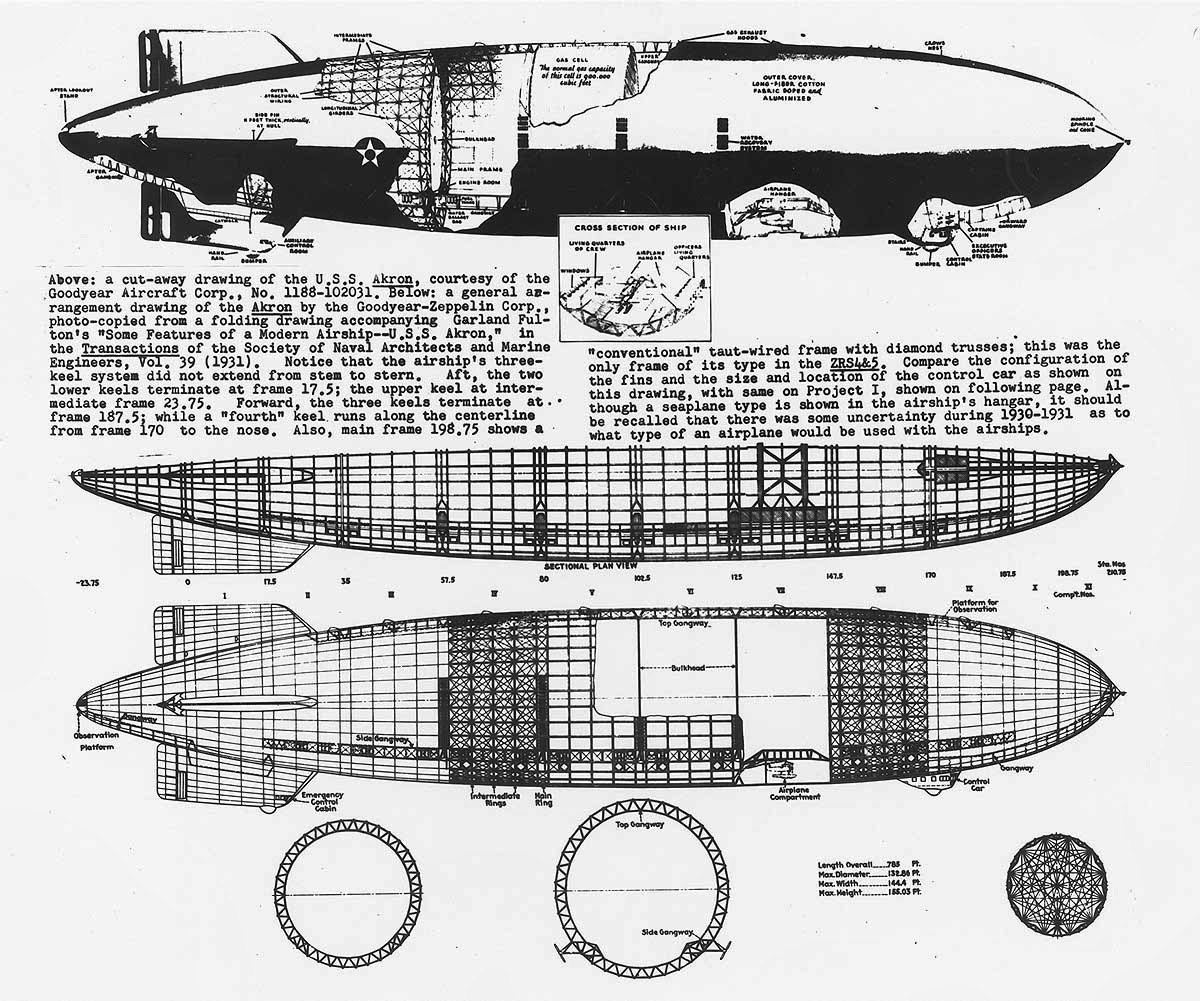A fallen dream: the end of commercial airships~part 3
Before and during the successful Canada trip the R-100's
sister ship, the R-101, was undergoing modifications at the insistence of the
Scheme's designer Lord Thomson. The technical reason for this overhaul was
because, without another gas bay, the planned counterpart to the R-100's flight
across the Atlantic, a flight to Karachi, then part of India, could not take
place. However, there were darker reasons behind the extension. The R-101 was
pushed to service to fulfill the political ambition of Thomson who - as an
international politician and a good friend of Prime Minister Neville Chamberlain
- saw himself as the ideal candidate to be the next Viceroy of India. The
flight of the R-101 would have been a spectacular publicity coup not only by
bringing technology to what was thought to be a backwards nation, but by also
giving Lord Thomson plenty of camera time in the newsreel speeches he was
expected to give. The ship departed the mast at Cardington with extra measures
being taken to get the ship into the air under the weight of over two tons of
luggage and a blue carpet running down the length of the ship that had recently
been installed. The passengers waving from the windows would never see the
light of day again.
The R-101, overweight and leaking hydrogen, nosed down and
crashed into a hill in Beauvais, France at 2:09 in the morning, killing
forty-eight of its 52 passengers. Lord Thomson had once said that the R-101 was
"As safe as a house except for the millionth chance." He had taken
that chance and paid for it with is life.
Back in England a shocked government, staring at forty-eight flag draped
coffins, ended the Imperial Airship Scheme. The R-100 was flattened by a
steamroller and sold for 250 pounds, an insulting fraction of the expense and
labor that had been poured into it.


Comments
Post a Comment